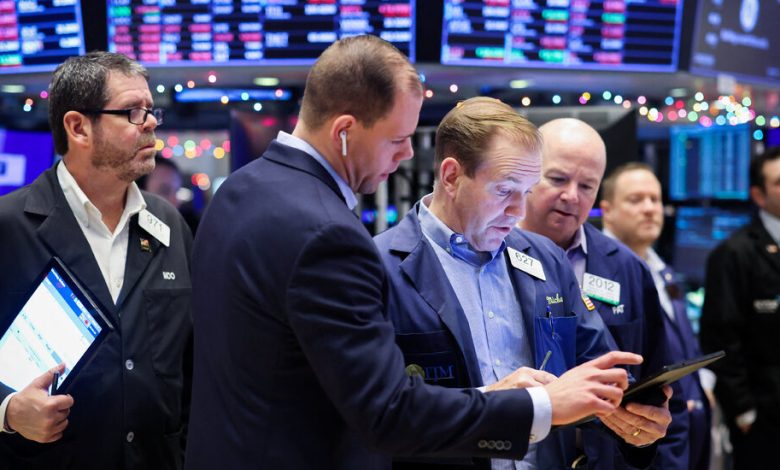Markets Rise as Investors Like the Look of Hiring and Wage Trends

For investors and policymakers, bad news may be good news when it comes to the latest data on the health of the job market.
Stock rose on Friday, after fresh data showed that the number of jobs added to the economy was a bit more than expected, keeping unemployment low, but wages did not accelerate as quickly as economists had forecast.
The positive news for the stock market comes after a sluggish start to 2023, with the S&P 500, up 1.6 percent on Friday, set to end the first trading week of the year with a modest gain.
Investors have been focused on labor market data for clues about the path of interest rates in 2023. Last year, the Federal Reserve sought to slow the economy by raising interest rates rapidly in an attempt to pull down stubbornly high inflation.
Toward the end of the year, data began to suggest that inflation may have begun to moderate. However, the labor market remains a crucial piece of the puzzle, with intense competition for workers pushing wages higher and stoking inflation. In other words, a strong labor market has been bad for the Fed’s mission to bring down inflation.
“Recent inflation readings have lifted investors’ spirits, but ongoing labor market tightness suggests that interest rates might have to go higher for longer than markets currently imply,” said Ronald Temple, the chief market strategist at Lazard, before the numbers were released.
That’s why easing wage growth was welcomed on Friday by stock investors eager for the end of the Fed’s interest rate increases, which have raised costs for companies and helped drag stock prices lower.
Mr. Temple’s comments also point to a shift in expectations on interest rates, with many investors revising their outlooks for how high Fed officials will raise rates and how long they will keep borrowing costs elevated.
The two-year Treasury yield, which is sensitive to changes in Fed policy, tumbled, trading at just under 4.3 percent. Investors are now betting on a quarter-point increase in rates at the Fed’s next meeting in February, a step down from December’s half-point rise, which was already a drop from the jumbo three-quarter-point increases that came at the previous four meetings. The Fed’s key policy rate is currently set in a range of 4.25 to 4.5 percent.
The Fed has warned investors of getting ahead of themselves and making assumptions about the end of the Fed’s campaign against inflation before it’s actually over. Rising stock prices based on signs of falling inflation enrich investors, increasing demand that can end up juicing inflation.
“An unwarranted easing in financial conditions, especially if driven by a misperception by the public of the committee’s reaction function, would complicate the committee’s effort to restore price stability,” noted minutes of the Federal Reserve’s December meeting released this week.
For some investors, that raises the possibility of a more severe economic downturn, as the Fed’s determination to vanquish inflation risks tipping the economy into recession.
“With the record-low unemployment rate indicating that there is still so much work ahead of them, Fed policy rates are set to rise above 5 percent within just a few months, and a hard landing looks to be the most likely outcome this year,” said Seema Shah, the chief global strategist at Principal Asset Management. “The recession clock is ticking.”
